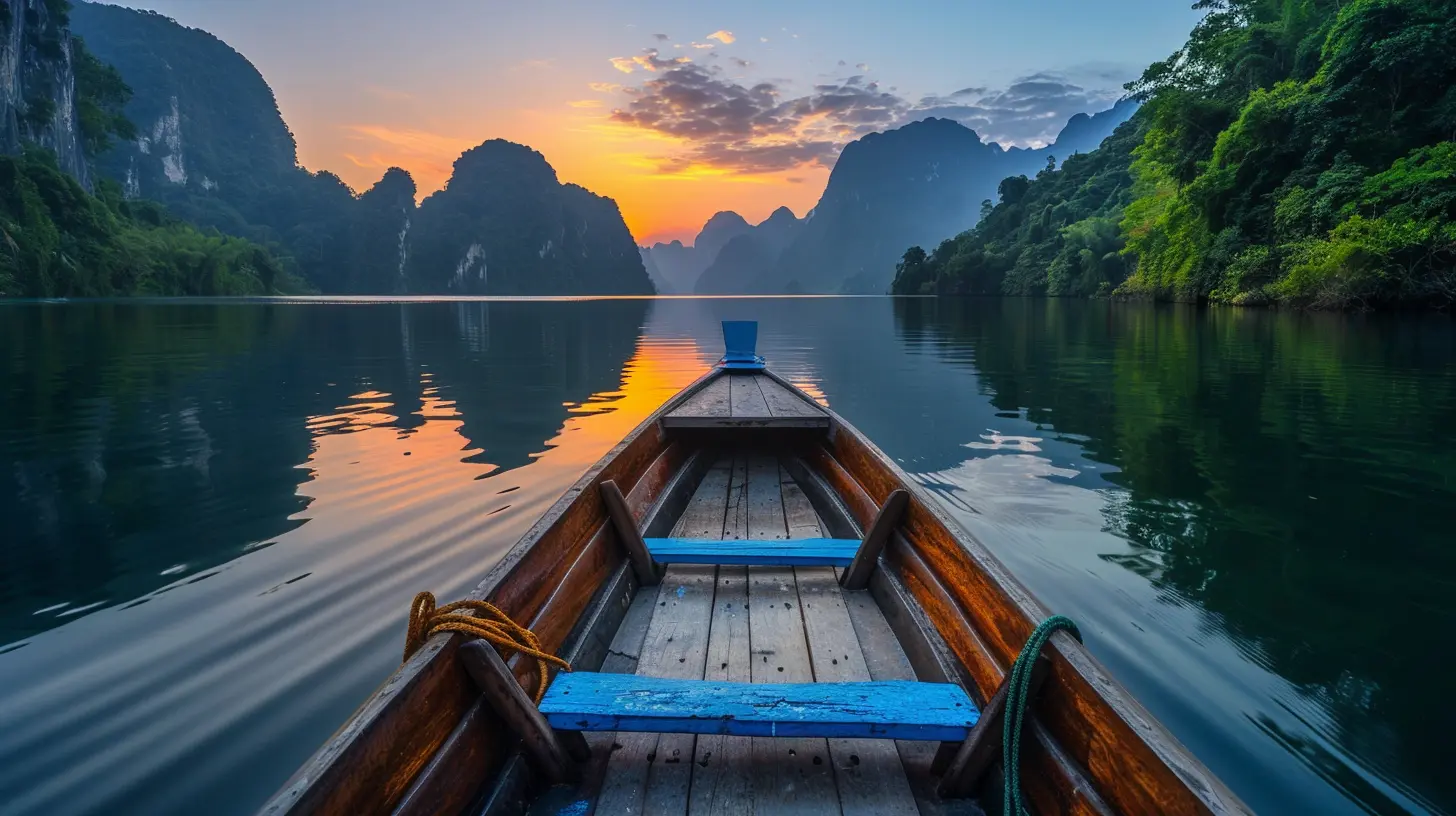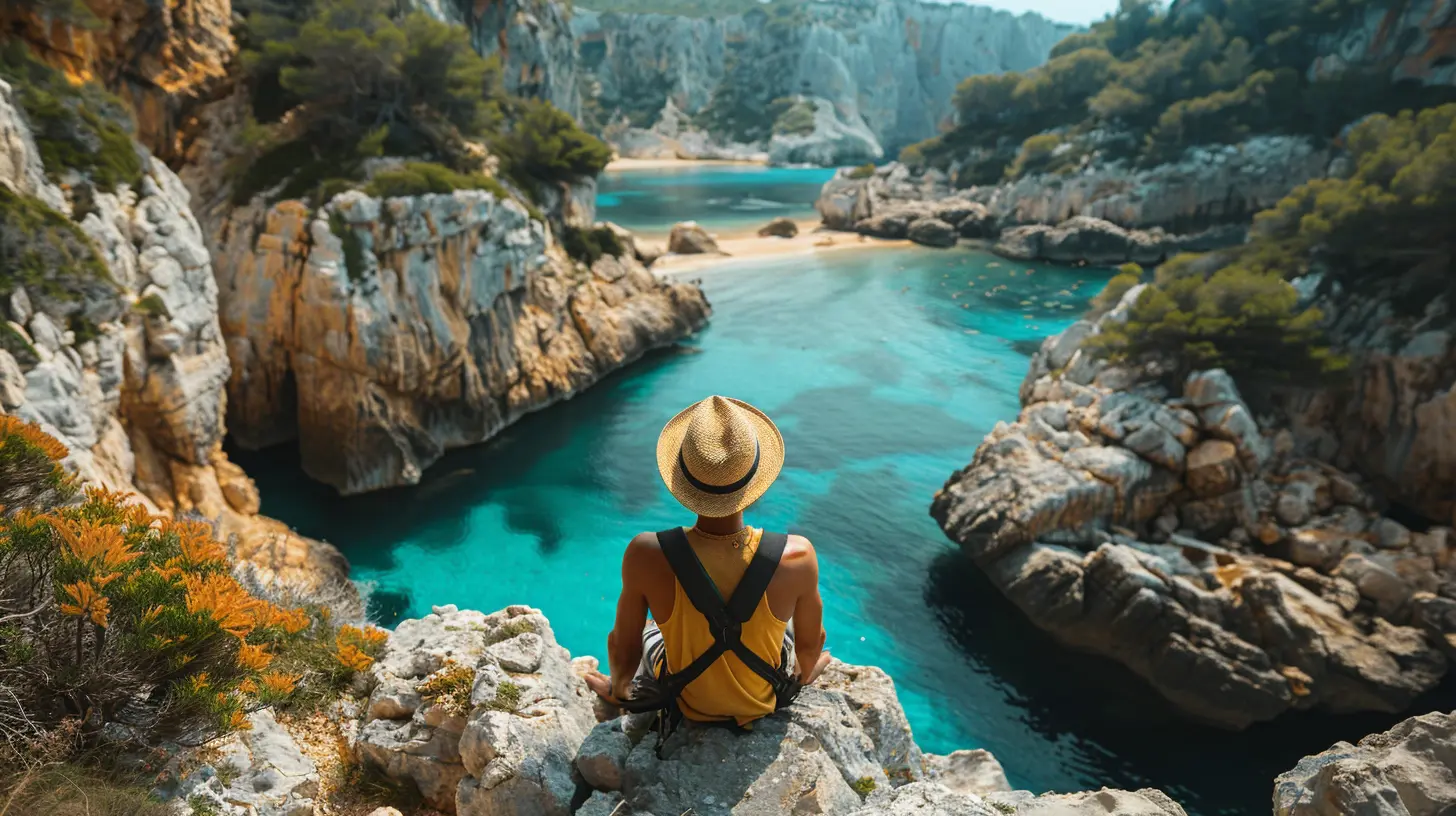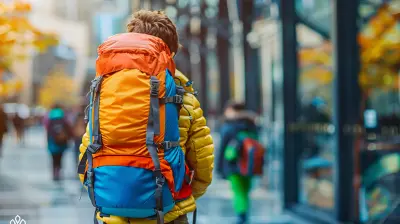21 April 2025
When we think about traveling, what often comes to mind? New sights, intriguing cultures, and experiences so memorable we want to preserve them forever. But let’s be real—sometimes, snapping a quick selfie or a basic landscape shot doesn’t quite do a place justice, right? That’s where photo-journalistic techniques come in! These methods elevate your travel photography from ordinary to extraordinary, capturing not just a picture, but the very soul of a place.
So, whether you're an avid photographer or just someone itching to amp up your travel album, this guide will help you capture the heart of a destination in ways that a stock photo never could. Let’s dive in, shall we?
What is Photo-Journalism, and Why Should You Care?
Alright, first things first. What exactly is photo-journalism? Well, think of it as storytelling through pictures. It’s not just about taking pretty shots; it’s about documenting the real, raw, unfiltered moments that make a place truly unique. It’s a marriage of art and journalism that seeks to convey emotion, culture, and narrative—all in a single frame.Why does this matter for travel photography? Because every destination has its story. And when you approach photography like a journalist, you’re not just capturing a place—you’re capturing its essence. You’re freezing time, creating a visual diary that lets others experience its magic through your lens.
Prepping for the Photo-Journalistic Journey
Before you embark on this artistic adventure, a little prep work can go a long way. Trust me, the more prepared you are, the better your shots will be. So here are a few things to keep in mind:1. Research Your Destination
Every great storyteller does their homework. What’s unique about the destination you’re visiting? Is it the bustling markets, the serene landscapes, or the lively festivals? Dive into its history, culture, and quirks. This background knowledge will help you anticipate the moments you want to capture.2. Gear Up Smartly
You don’t need a $3,000 camera to nail this. A decent DSLR or even a smartphone with a great camera can work wonders. The key is understanding your equipment. Learn about settings like aperture, shutter speed, and ISO. Want that glossy “bokeh” effect? Open up your aperture. Trying to freeze chaotic motion? Use a fast shutter speed.Also, pack light. Trust me, lugging around a heavy bag while wandering cobblestone streets or hiking trails is no one’s idea of fun.
Techniques to Capture the Soul of a Place
Okay, here’s the good stuff: how to actually do this. The magic happens when you stop thinking like a tourist and start observing like a journalist. Pay attention to the little details, the subtle interactions, and the moments that tell a story.1. Tell a Story with Context
A standalone photo might look pretty, but a photo with context? That tells a story. For instance, instead of just zooming in on a street musician, include the cobblestone streets, the crowd gathered around them, and maybe even the old woman tossing them a coin. These elements give depth and narrative to your image.2. Look for Human Elements
Let’s face it: People breathe life into a destination. A portrait of a fisherman casting his net at sunrise? Magic. A candid shot of a child chasing pigeons in a plaza? Pure gold. Human expressions and interactions add layers of relatability to your photos.Pro tip: Engage with locals before photographing them. A friendly chat might lead to a more genuine and natural shot.
3. Shoot During Golden Hours
Ah, golden hours—the holy grail of photography. These magical windows (just after sunrise and just before sunset) bathe everything in a warm, soft glow. Want your photos to feel like they’re wrapped in a cozy blanket? This is when you should shoot.4. Capture Movement and Motion
Life isn’t static, and neither are the best photos. Incorporating motion—like waves crashing on a shore, dancers mid-spin, or bustling markets—adds dynamism to your shots. Use a slower shutter speed to blur motion artistically, or freeze it with a faster one.5. Experiment with Angles
Quit shooting everything from eye level—seriously. Experiment with low angles, high angles, or even odd ones. Lie on your stomach to capture a unique street view, or climb up somewhere to get a sweeping panorama. New perspectives often reveal hidden beauty.
The Power of Simplicity: Minimalism in Photo-Journalism
You know the saying, “Less is more”? It couldn’t be truer for photography. Sometimes, stripping a photo down to its essentials leaves the strongest impact. A lone fisherman silhouetted against a setting sun. A colorful door standing out against whitewashed walls. These minimalist shots often speak louder than crowded compositions.Focus on clean lines, contrasting colors, and uncluttered backgrounds. And don’t be afraid of negative space—it’s like the dramatic pause in a conversation, letting your main subject shine.
Editing: Enhancing Without Overdoing It
Editing is like salt—you want just enough to enhance flavor, but not so much that it overpowers the dish. Tools like Lightroom, Snapseed, or VSCO can be your best friends, but don’t go crazy. The goal is to enhance the raw beauty of your photo, not turn it into something unrecognizable.Adjustments like brightness, contrast, and saturation can go a long way. But remember, authenticity is king. A heavily filtered photo might look cool, but it rarely captures the honesty of a destination.
Photo-Journalistic Dos and Don’ts
Let’s wrap up the techniques with some quick ground rules:Do:
- Respect local customs and traditions. Always ask permission before photographing people or sacred places.- Be patient. Sometimes, the best shots come to those who wait.
- Pay attention to lighting. It’s 80% of what makes a photo great.
Don’t:
- Stage every shot. This isn’t about perfection; it’s about authenticity.- Forget to enjoy the moment. Don’t let the pursuit of the perfect photo take away from your travel experience.
- Overload a single shot. Remember, simplicity often wins.
Photo-Journalism Isn’t About Perfection—It’s About Connection
At the end of the day, photo-journalism isn’t about creating flawless images. It’s about forging a connection—between the subject, the photographer, and the viewer. When someone glances at your photo and feels like they’ve been transported there, you’ve succeeded.So the next time you’re roaming a new destination, don’t just point and shoot. Observe, interact, and immerse yourself in the moment. The essence of a place isn’t something you find—it’s something you feel.
Final Thoughts
Travel photography, through the lens of photo-journalism, moves beyond the surface. It’s not about capturing what a destination looks like; it’s about capturing what it feels like. With the techniques above, you'll be well on your way to creating a visual narrative that not only documents your journey but also inspires others to see the world through your eyes.So pack your bags, grab your camera, and head out into the world. The stories are waiting—you just need to capture them.




Azura Spencer
What a fantastic read! I love how photo-journalistic techniques can transform ordinary travel snapshots into captivating stories. It’s all about capturing those genuine moments that truly reflect a destination's spirit. I can’t wait to try these tips on my next adventure! Thanks for sharing!
April 24, 2025 at 3:27 AM